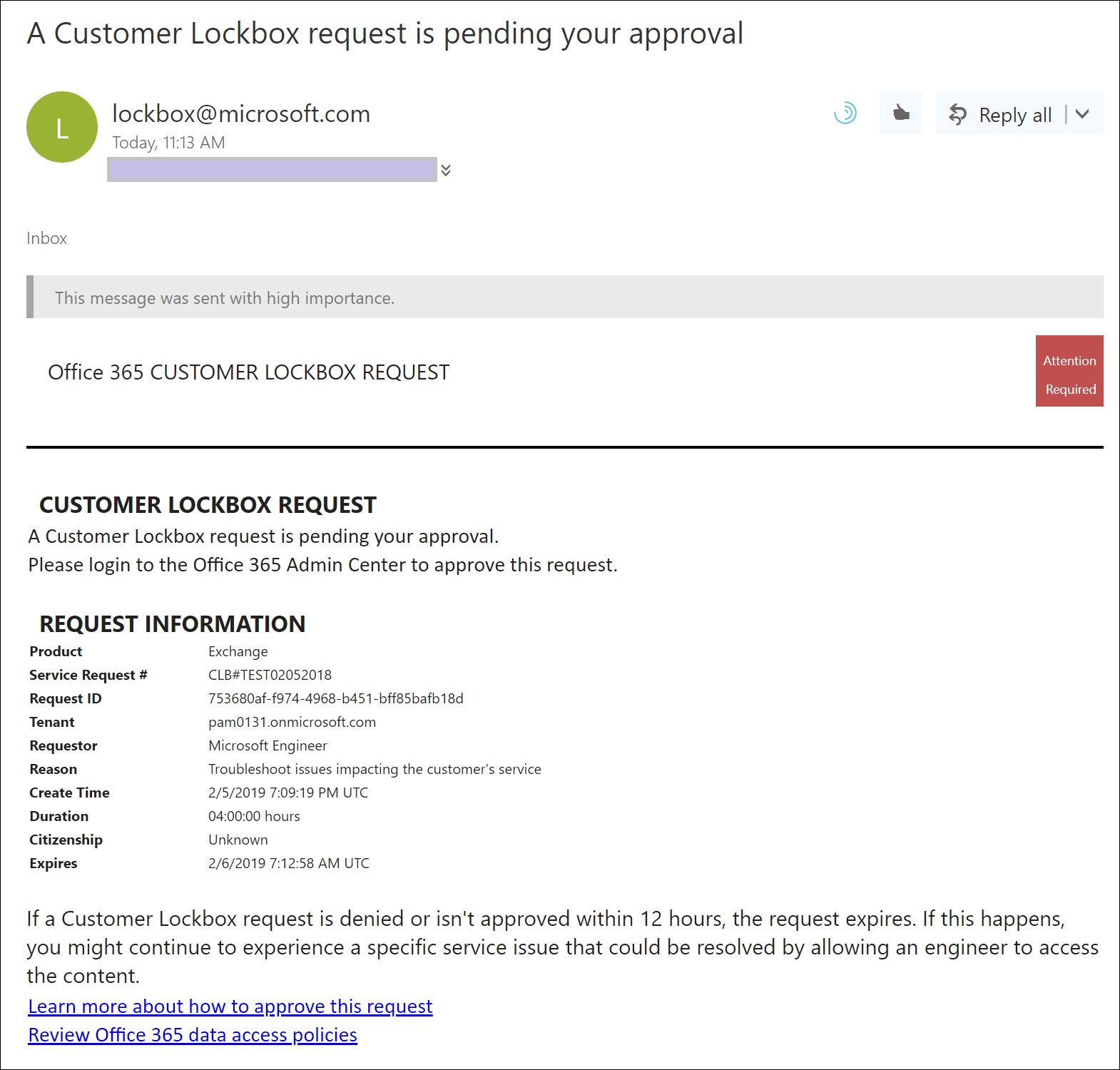
- Office 365 check for updates how to#
- Office 365 check for updates update#
- Office 365 check for updates software#
Office 365 check for updates software#
Admins don’t have to build processes to target software updates to collections.Admins don’t have to spend time developing processes to duplicate CDN content on-premises.If disabled, Microsoft 365 Apps for enterprise will never update. Automatic Updates is by default Enabled (equivalent GPO is “Enabled Automatic Updates”).

Deployment of Microsoft 365 Apps for enterprise is out of scope and will assume Office 365 ProPlus is already installed on the machine.
Office 365 check for updates update#
*This blog will focus primarily on update process.
Office 365 check for updates how to#
If you would like more information about channel management please see my other posting for more information called How to manage Office 365 ProPlus Channels for IT Pros The point of the channels is to define the timing when those cumulative builds include features and fixes in addition to security. (Official Link is here Overview of update channels) Features\fixes delivered every six months, in January and July (Updates can be delivered by CDN or ConfigMgr) Semi-Annual Enterprise Channel: Provide users with new features of Office only a few times a year. Features\fixes delivered every six months, in March and September Semi-Annual Enterprise Channel (Preview): Provide pilot users and application compatibility testers the opportunity to test the next Semi-Annual Channel. (Updates can be delivered by CDN or ConfigMgr) Monthly Enterprise Channel: Provide your users with new Office features only once a month and on a predictable schedule. This could be three or four builds per Month. Quick refresher of Microsoft 365 Apps for enterprise channel cadence - SimplifiedĬurrent Channel: Provide users with the newest features of Office as soon as they're available. Regardless, the goal is to ensure Microsoft 365 Apps for enterprise is serviced every month to address security and deliver features based on cadence suitable for our customers. Let’s compare and contrast both scenarios below to see which approach is best to address your business requirements.

(too many to list here such as network, governing process or political etc.)

At present, while we lead with CDN as our recommendation, the vast majority of Enterprise customers I work with prefer to manage updates from Microsoft Endpoint Configuration Manager (Configuration Manager) formerly known as SCCM for a variety of reasons. IT Pros can offload servicing aspect of Office to Microsoft so they can focus on other duties removing repetitive tasks. While IT Pros are always in control, Microsoft 365 Apps for enterprise is automatically kept up-to-date via evergreen model. What does that mean? It means that by default, Microsoft recommends you update Microsoft 365 Apps for enterprise directly from Microsoft Content Delivery Network (CDN). Microsoft 365 Apps for enterprise was designed to be a cloud first product…. The objective of this blog is to provide context around end user behavior during update scenario and clarify when and how Office updates are applied. In supporting customers in the field, we receive many questions about Microsoft 365 Apps for enterprise (formerly known as Office 365 ProPlus) update process.


 0 kommentar(er)
0 kommentar(er)
